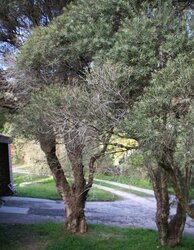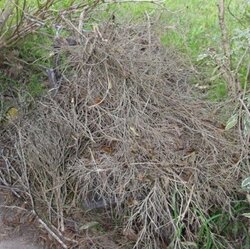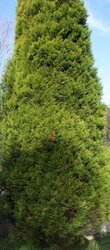JPapiPE
New Member
OK, I bought the firestarer that was recommended, HEY $64/100 sticks WILL NOT KILL ANYONE....so why not take a chance ? They can only fool me once....
Now my silly kindling problems are over...,hopefully
Now my silly kindling problems are over...,hopefully


 Rick
Rick Pick 'em up, chuck 'em on a pile or box near the stove, hey presto burns great and starts every time. If we want to show off we grab some green conifer and chuck them in, their sap is
Pick 'em up, chuck 'em on a pile or box near the stove, hey presto burns great and starts every time. If we want to show off we grab some green conifer and chuck them in, their sap is 

